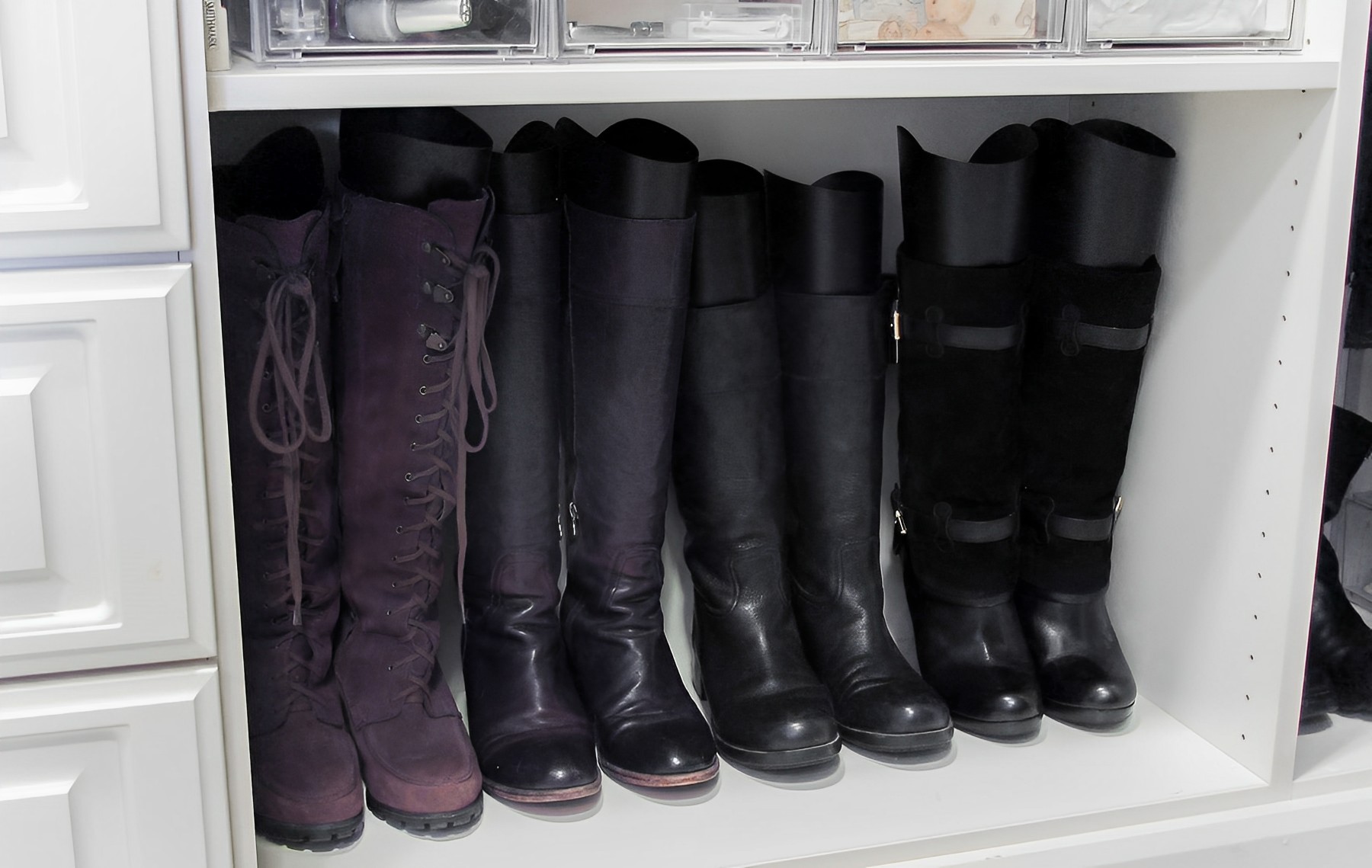

Articles
How To Store Boots In Small Closet
Modified: February 9, 2024
Looking for space-saving options to store your boots in a small closet? Check out these great articles for tips and tricks to keep your boots organized and easily accessible.
(Many of the links in this article redirect to a specific reviewed product. Your purchase of these products through affiliate links helps to generate commission for Storables.com, at no extra cost. Learn more)
Introduction
Finding adequate storage space for your boots can be a challenge, especially if you have a small closet. As the seasons change, it’s important to have a solution in place to safely store your beloved boots while maximizing the available space in your closet.
In this article, we will explore various strategies and tips on how to store boots in a small closet. From decluttering and selecting the right storage solutions to maximizing vertical and horizontal space, we will cover everything you need to know to keep your boots organized and in great condition.
By implementing these storage solutions, you’ll not only save space but also prolong the lifespan of your boots, ensuring they remain in top shape season after season.
So, let’s dive in and discover the best ways to store boots in a small closet, making the most of your available space and keeping your footwear collection neat and organized.
Key Takeaways:
- Maximize small closet space by decluttering, choosing the right storage solutions, and organizing boots by type. Utilize vertical and horizontal space, including the often overlooked door space, to keep your boots accessible and in great condition.
- Maintain your boots by regular cleaning, protecting with waterproof spray, and storing in breathable containers. With strategic planning and diligence, you can effectively store and showcase your boot collection in a small closet.
Read more: How To Store Boots In Closet
Assessing Your Space
Before you begin organizing your boots in a small closet, it’s important to assess the available space and understand its limitations. By doing so, you can make informed decisions on how to maximize the storage potential of your closet.
Start by taking a look at the dimensions of your closet. Measure the height, width, and depth to get an accurate understanding of the space you have to work with. This will help you choose the right storage solutions that fit within these parameters.
Next, consider the layout of your closet. Are there any shelves, rods, or hooks already installed? Take note of these existing features as they may influence how you organize and store your boots. Additionally, identify any unused or underutilized areas that can be repurposed for boot storage.
Take stock of your current boot collection and estimate how many pairs you need to accommodate. This will give you an idea of how much space you’ll require for storage. It’s also a good time to declutter and assess which boots you truly love and wear regularly. Consider donating or selling any pairs that no longer serve you.
Lastly, consider the overall functionality and accessibility of your closet. Is it difficult to reach certain areas or retrieve specific pairs of boots? Keep this in mind as you plan your storage solutions to ensure easy access and convenience.
By thoroughly assessing your space, you can tailor your storage solutions to fit your specific needs, maximizing both the capacity and functionality of your small closet.
Decluttering Your Closet
One of the essential steps in optimizing your small closet space for boot storage is decluttering. By removing unnecessary items and creating a streamlined closet, you’ll free up more space for your boots and make the organization process much easier.
Start by taking everything out of your closet and sorting through your belongings. Assess each item and ask yourself whether you really need it or if it can be donated, sold, or stored elsewhere. It’s important to be ruthless in your decluttering process to create a more functional and spacious closet.
Once you’ve pared down your belongings, give your closet a thorough cleaning. Dust shelves, wipe down surfaces, and vacuum the floor. A clean and fresh space will not only make it easier to organize your boots but will also ensure they stay in pristine condition.
Next, consider investing in organizing tools and storage solutions that will help keep your closet neat and maximize the available space. This could include hanging organizers, shoe racks, clear bins, or storage boxes. Choose options that are specifically designed for boots and fit well within your closet dimensions.
When organizing your boots, group them by type or season. This will make it easier to locate a specific pair when you need them. You can use dividers or labels to further differentiate between different types of boots, such as ankle boots, knee-high boots, or rain boots.
Remember to give each pair of boots adequate space to prevent them from getting damaged or scuffed. Avoid stacking boots on top of each other, as this can cause them to lose their shape. Instead, consider using boot shapers or stuff them with acid-free tissue paper to maintain their original form.
By decluttering your closet and implementing effective storage solutions, you’ll create a more organized and functional space for storing your boot collection. This will make it easier to find and access your boots while ensuring they remain in excellent condition.
Choosing the Right Storage Solutions
When it comes to storing boots in a small closet, selecting the right storage solutions is crucial. The right tools and organizers will not only help maximize your available space but also keep your boots safe and in good condition. Here are some options to consider:
- Hanging Boot Organizers: These are specially designed to hang from a closet rod and feature individual compartments for each pair of boots. They help save valuable floor space while keeping your boots easily accessible.
- Shoe Racks: Look for shoe racks specifically designed for boots, with taller vertical compartments that fit the height of your boots. These racks can be placed on the floor or mounted on the wall to maximize space.
- Clear Plastic Bins: Transparent bins allow you to easily see and access your boots while keeping them protected from dust and moisture. Stackable bins are ideal for vertical storage in smaller closets.
- Shoe Cubbies: If your closet has built-in shelving, consider using shoe cubbies to organize your boots. These cubbies typically have slanted openings that accommodate boots of various heights.
- Over-the-Door Shoe Organizers: Utilize the back of your closet or bedroom door by hanging an over-the-door shoe organizer. Look for one with pockets that are spacious enough to hold boots.
Consider your closet layout and the number of boots you own when choosing the right storage solutions. Measure the dimensions of your closet to ensure the organizers you select fit properly and efficiently utilize the available space.
Remember that there is no one-size-fits-all solution, so feel free to mix and match different storage options to find what works best for your specific needs. Additionally, prioritize quality and durability when selecting storage solutions to ensure they can withstand the weight of your boots and last over time.
By carefully choosing the right storage solutions, you’ll be able to optimize your small closet space and keep your boots well-organized and protected.
Organizing Boots by Type
Organizing your boots by type is a practical approach that allows for easy access and efficient storage. When you can quickly identify and locate the specific pair of boots you want to wear, it saves time and prevents unnecessary clutter in your small closet. Here are a few methods for organizing boots by type:
- Categorize by Season: Sort your boots by the season in which you typically wear them. This could include winter boots, rain boots, and summer boots. By grouping boots by season, you’ll be able to rotate them in and out of your closet as needed.
- Group by Height: Arrange boots based on their height, such as ankle boots, mid-calf boots, and knee-high boots. This method allows you to easily identify the desired boot length and makes it convenient to find the perfect pair for your outfit.
- Separate by Occasion: If you have boots specifically for certain occasions, such as work boots, formal boots, or casual boots, consider grouping them accordingly. This will ensure you can quickly grab the appropriate boots for any event or activity.
- Organize by Color: Another option is to organize boots by color. This works especially well if you have a variety of boots in different shades. Arrange them in a color gradient or group similar colors together to create an aesthetically pleasing display.
Whichever method you choose, labeling or using dividers can help maintain the organization and easily distinguish between different types of boots. Consider using adhesive labels, colored tags, or even handwritten signs to indicate the different categories.
Regardless of the organization method, it’s essential to ensure each pair of boots has adequate space and support to maintain its shape. Use boot shapers or stuff them with acid-free tissue paper to prevent them from slouching or developing creases.
By organizing your boots by type, you’ll be able to better navigate your small closet and find the perfect pair for any occasion. Additionally, it will help you maintain the condition of your boots by preventing unnecessary wear and tear.
Use boot shapers or pool noodles to keep boots upright and save space. Store them in clear plastic bins or hanging organizers to maximize closet space.
Read more: How To Store Boots In A Small Space
Utilizing Vertical Space
When it comes to maximizing storage in a small closet, utilizing vertical space is key. By making use of the vertical dimension of your closet, you can free up valuable floor space and store more boots. Here are some strategies to help you make the most of the vertical space:
- Install Adjustable Shelving: Consider installing adjustable shelves in your closet to accommodate the height of your boots. This allows you to customize the spacing between each shelf and adjust them as needed to fit different boot heights.
- Stackable Shoe Racks or Cubbies: Invest in stackable shoe racks or cubbies that can be vertically aligned in your closet. This allows you to create multiple tiers and store boots one on top of the other, maximizing the height of your closet.
- Use Hanging Organizers: Take advantage of hanging shoe or boot organizers that can be suspended from the closet rod. These organizers typically have multiple compartments or pockets that can store boots vertically.
- Use Tension Rods: Install tension rods in your closet to create additional hanging space for your boots. Simply place the tension rod between two walls or between shelves and hang your boots using boot hangers or clips.
- Utilize Overhead Space: If your closet has high ceilings, consider installing hooks or hanging rods near the ceiling to hang boots vertically. This helps free up space lower down in the closet for other storage solutions.
Make sure to leave enough space between each pair of vertically stored boots to prevent them from rubbing against each other or getting damaged. You can use boot shapers or stuff them with tissue paper to help maintain their shape.
Remember to keep frequently worn boots easily accessible by placing them at eye level or within arm’s reach. Reserve higher or harder-to-reach areas for boots that are not used as often or are out of season.
By utilizing the vertical space in your small closet, you can create a more efficient and compact storage system. This enables you to store a larger number of boots while still keeping them organized and easily accessible.
Utilizing Horizontal Space
In addition to maximizing vertical space, it’s important to make the most of the horizontal space available in your small closet. By utilizing horizontal storage strategies, you can ensure efficient use of the width and depth of your closet. Here are some tips for utilizing horizontal space:
- Use Underbed Storage: If your closet doesn’t have enough room for all your boots, consider utilizing underbed storage solutions. Invest in shallow, clear plastic bins specifically designed for storing shoes or boots. Slide them under your bed to keep your boots organized and easily accessible.
- Install Additional Shelves: If your closet has room on the sides or back walls, install additional shelves. These can be used to store boots that are not frequently worn or are out of season. Make sure they are properly spaced to accommodate the height of the boots.
- Hang Boot Clips: Attach boot clips or hangers to the sides of your closet walls or the back of the closet door. These clips can hold boots horizontally, allowing you to maximize the available width of your closet. Ensure the clips are sturdy and secure for proper support.
- Utilize Clear Shoe Boxes: Clear shoe boxes with lids are a great solution for horizontal storage. They allow you to stack boots on top of each other while keeping them protected and visible. Label each box with the type or season of the boots inside for easy identification.
- Invest in Rolling Racks: If you have extra space in your bedroom or an adjacent area, consider investing in rolling racks. These racks can accommodate multiple pairs of boots and can be easily moved in and out of your closet as needed.
When utilizing horizontal space, it’s important to keep your boots organized and easily accessible. Avoid stacking boots too high to prevent them from toppling over or getting crushed. Additionally, be mindful of any weight limits for shelves or storage solutions to ensure their stability.
By effectively utilizing horizontal space, you can create a well-organized storage system for your boots in a small closet. This will enable you to fit more boots within the limited space while keeping them in great condition.
Utilizing Door Space
When it comes to maximizing every inch of storage in a small closet, don’t forget about the valuable real estate on the back of your closet door. By utilizing door space, you can add even more storage options for your boots. Here are some ideas to help you make the most of this often overlooked area:
- Over-the-Door Shoe Organizers: Invest in an over-the-door shoe organizer with pockets or compartments that can hold boots. These organizers are easy to install and allow you to keep your boots neatly stored while also freeing up floor and shelf space in your closet.
- Hanging Hooks or Pegs: Attach hooks or pegs to the back of your closet door to hang your boots. You can use specially designed boot hangers or even repurpose shower curtain hooks to hang boots by their loops or handles.
- DIY Hanging Rod: Install a sturdy tension rod horizontally on the inside of your closet door. Hang your boots using hangers specifically designed for boots. This will keep your boots off the floor and make them easily accessible.
- Shoe Trees or Racks: Consider using shoe trees or racks that can be hung over the back of your closet door. These racks typically feature adjustable shelves or rods that can accommodate different boot sizes.
- Wire Grids or Mesh Organizers: Attach wire grids or mesh organizers to the back of your closet door. These organizers typically have hooks or pockets that can hold boots, allowing you to optimize the space behind the door.
When hanging boots on the back of your closet door, ensure that they are properly spaced and secured to prevent them from swinging or banging against the door. This will prevent any potential damage to both your boots and the door itself.
Remember to take into account the weight limitations of the door and the storage organizers you choose. Make sure they are securely fastened and can handle the weight of your boots without causing any damage or posing a safety risk.
By utilizing the often forgotten door space in your small closet, you can create additional storage options for your boots. This allows you to maximize your closet’s capacity and keep your boots accessible and well-organized.
Maintaining and Cleaning Your Boots
Proper maintenance and regular cleaning are essential to keep your boots in great condition, especially when stored in a small closet. Here are some tips to help you maintain and clean your boots:
- Dust and Wipe Down: Regularly dust and wipe down your boots to remove any dirt or debris. Use a soft cloth or brush to gently clean the surface of the boots. This will help prevent dirt from accumulating and keep them looking their best.
- Protect with Waterproof Spray: Apply a waterproof spray or protectant to your boots before storing them. This will help shield them from water damage and stains. Be sure to follow the manufacturer’s instructions for the specific product you’re using.
- Stuff Boots with Acid-Free Tissue Paper: To help boots maintain their shape while in storage, stuff them with acid-free tissue paper or use boot shapers. This prevents them from slouching or developing creases and wrinkles.
- Rotate and Air Out Boots: Periodically rotate the boots you are storing to ensure that all pairs have a chance to breathe. This helps prevent any moisture build-up and maintains the integrity of the materials.
- Remove Stains (as needed): If your boots have any stains, address them promptly. Use a damp cloth or sponge to gently clean the affected area. You can also use specific cleaning solutions or stain removers recommended for your boot material.
- Store in Breathable Bags or Boxes: Consider storing your boots in breathable fabric bags or boxes to protect them from dust and maintain air circulation. Avoid using plastic bags or containers that can trap moisture and lead to mold or mildew.
- Monitor for Mold and Mildew: Regularly inspect your boots for any signs of mold or mildew. If you notice any, immediately clean and dry the boots thoroughly. Use a solution of water and vinegar or a specialized mold cleaner to eliminate the growth.
In addition to these maintenance tips, it’s important to be mindful of the specific care instructions provided by the manufacturer for your boots. Different materials may require specific cleaning methods or products, so always refer to the guidelines to avoid damaging your boots.
By maintaining and cleaning your boots regularly while they are in storage, you’ll ensure that they remain in good condition and ready to wear when you need them. This will prolong their lifespan and keep them looking their best season after season.
Read more: How To Store Shoes In Small Closet
Conclusion
Storing boots in a small closet may seem challenging, but with the right strategies and organization, it is possible to maximize your space and keep your boots neat and accessible. By following the tips outlined in this article, you can create an efficient and organized storage system for your boot collection.
Start by assessing the dimensions and layout of your closet to understand the limitations and potential storage options. Declutter your closet to create more space and use appropriate storage solutions such as hanging organizers, shoe racks, clear bins, and cubbies to keep your boots organized by type.
Make use of both the vertical and horizontal space available in your closet. Install adjustable shelves, use stackable racks, and hang your boots to make the most of the available room. Don’t forget to utilize the often neglected door space by using over-the-door organizers or hanging hooks.
To keep your boots in good condition, maintain a regular cleaning routine. Dust and wipe them down, protect them with waterproof sprays, stuff them with tissue paper, and store them in breathable bags or boxes. Monitor for mold and mildew, and address any stains promptly.
In conclusion, with diligence and strategic planning, you can store your boots effectively in a small closet. By implementing these storage and cleaning techniques, you’ll ensure that your boots remain organized, accessible, and in excellent condition for years to come.
So, embrace the challenge of organizing your small closet and make it a space where your boots can be properly stored, showcasing your collection while keeping everything tidy and easily accessible.
Frequently Asked Questions about How To Store Boots In Small Closet
Was this page helpful?
At Storables.com, we guarantee accurate and reliable information. Our content, validated by Expert Board Contributors, is crafted following stringent Editorial Policies. We're committed to providing you with well-researched, expert-backed insights for all your informational needs.
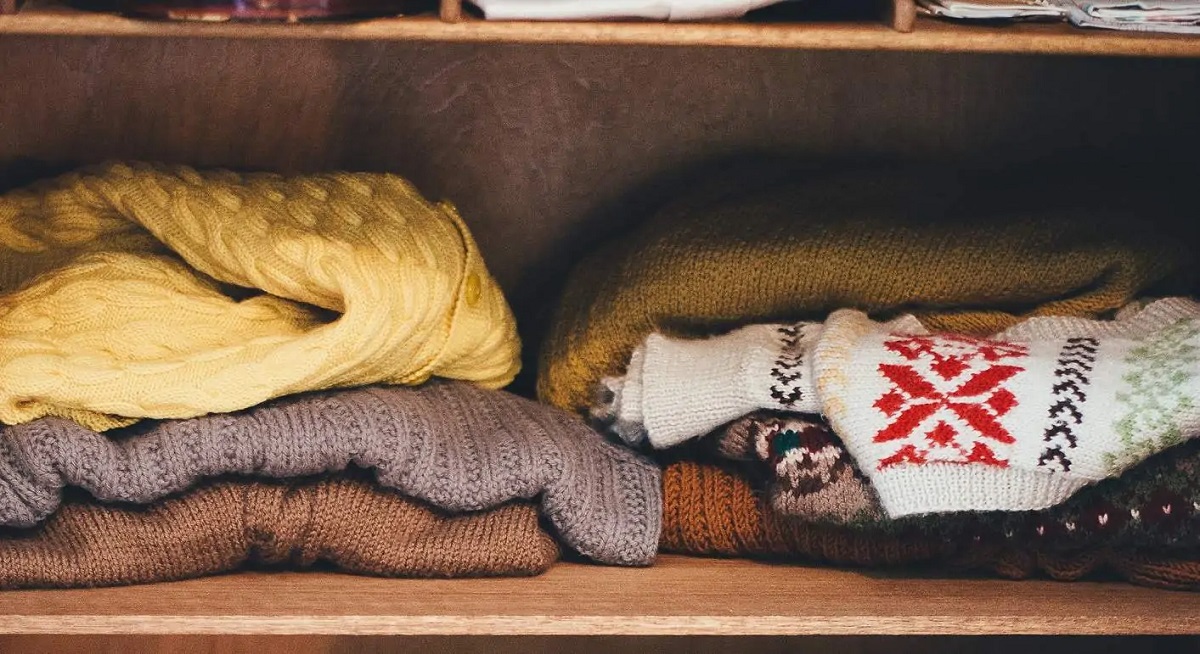
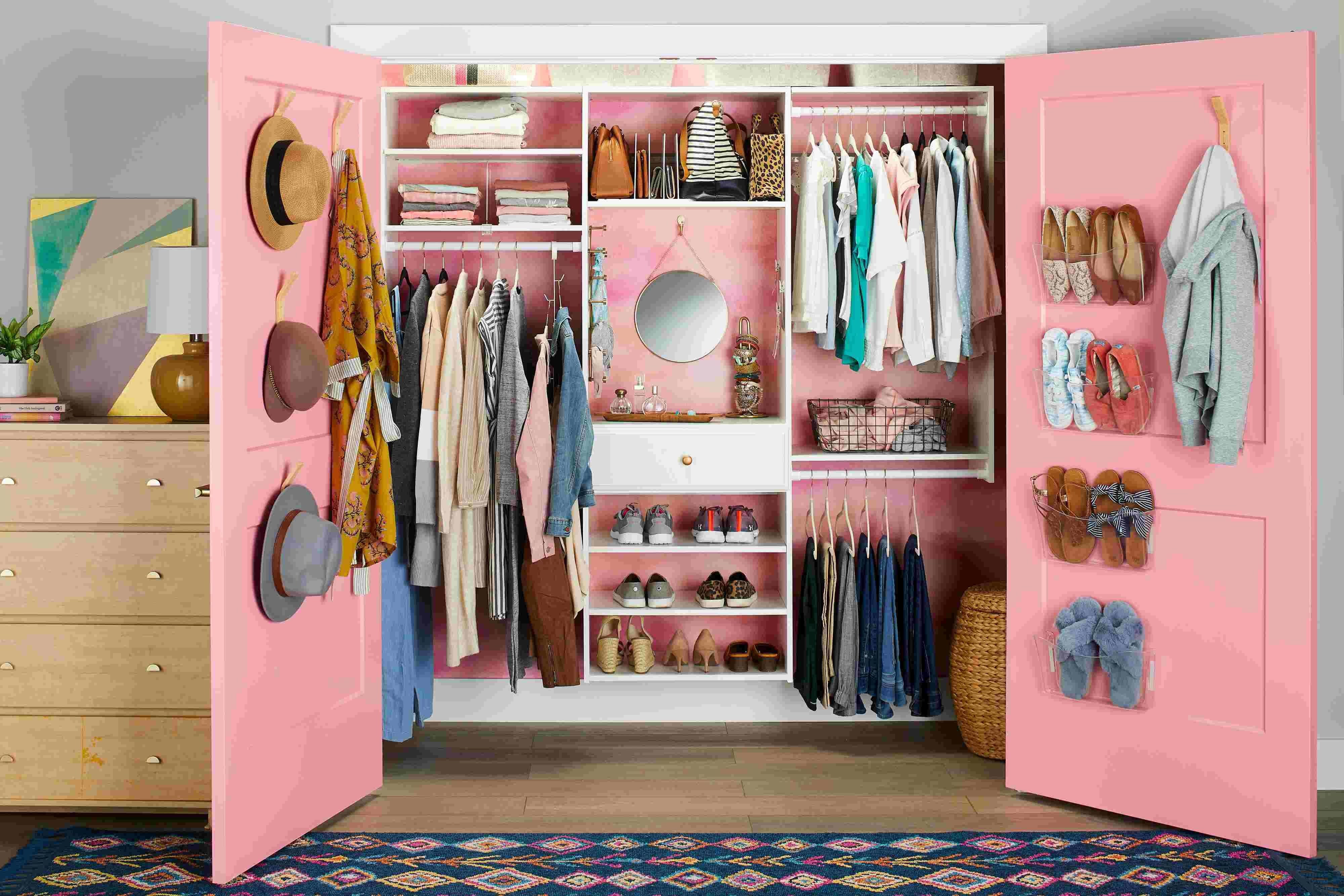
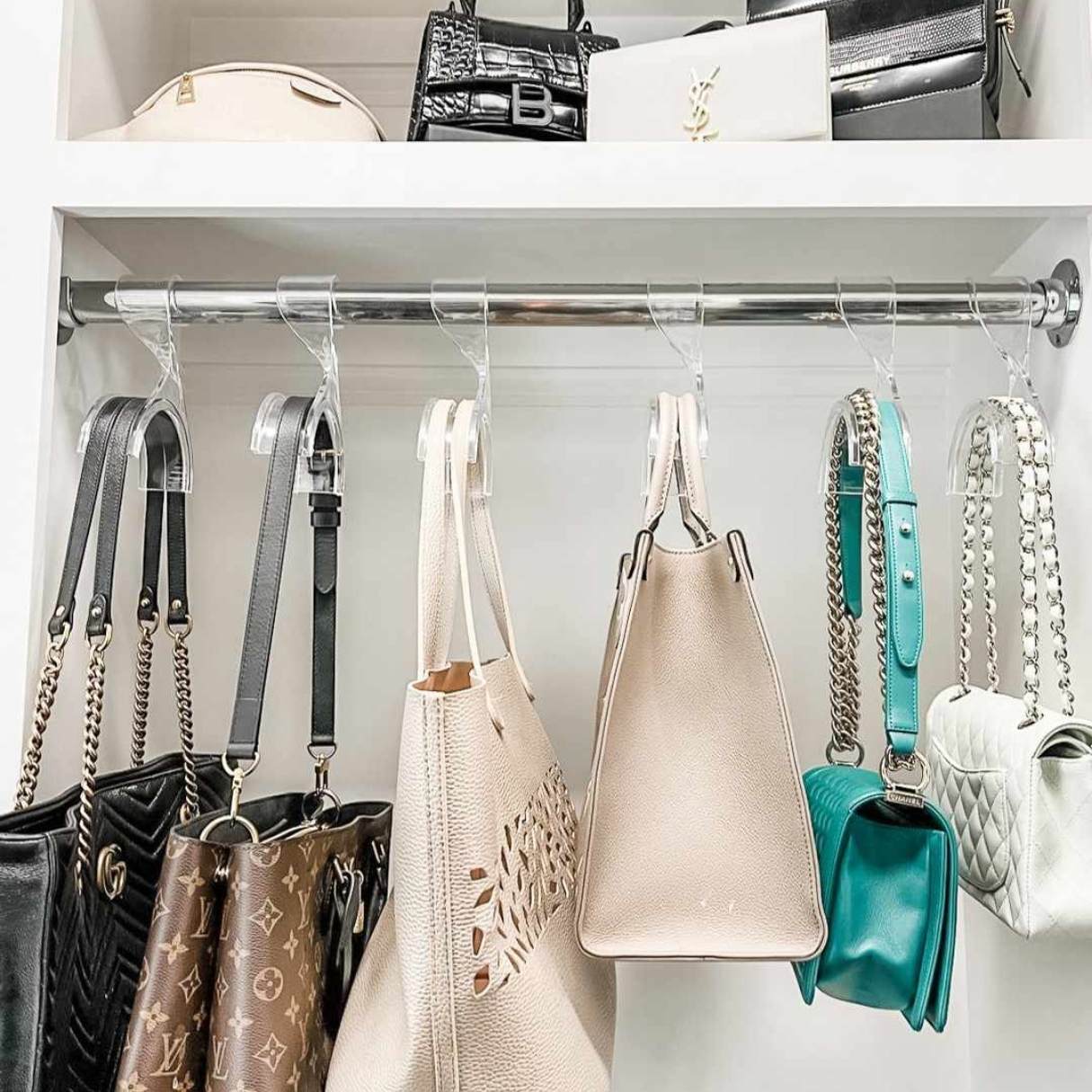
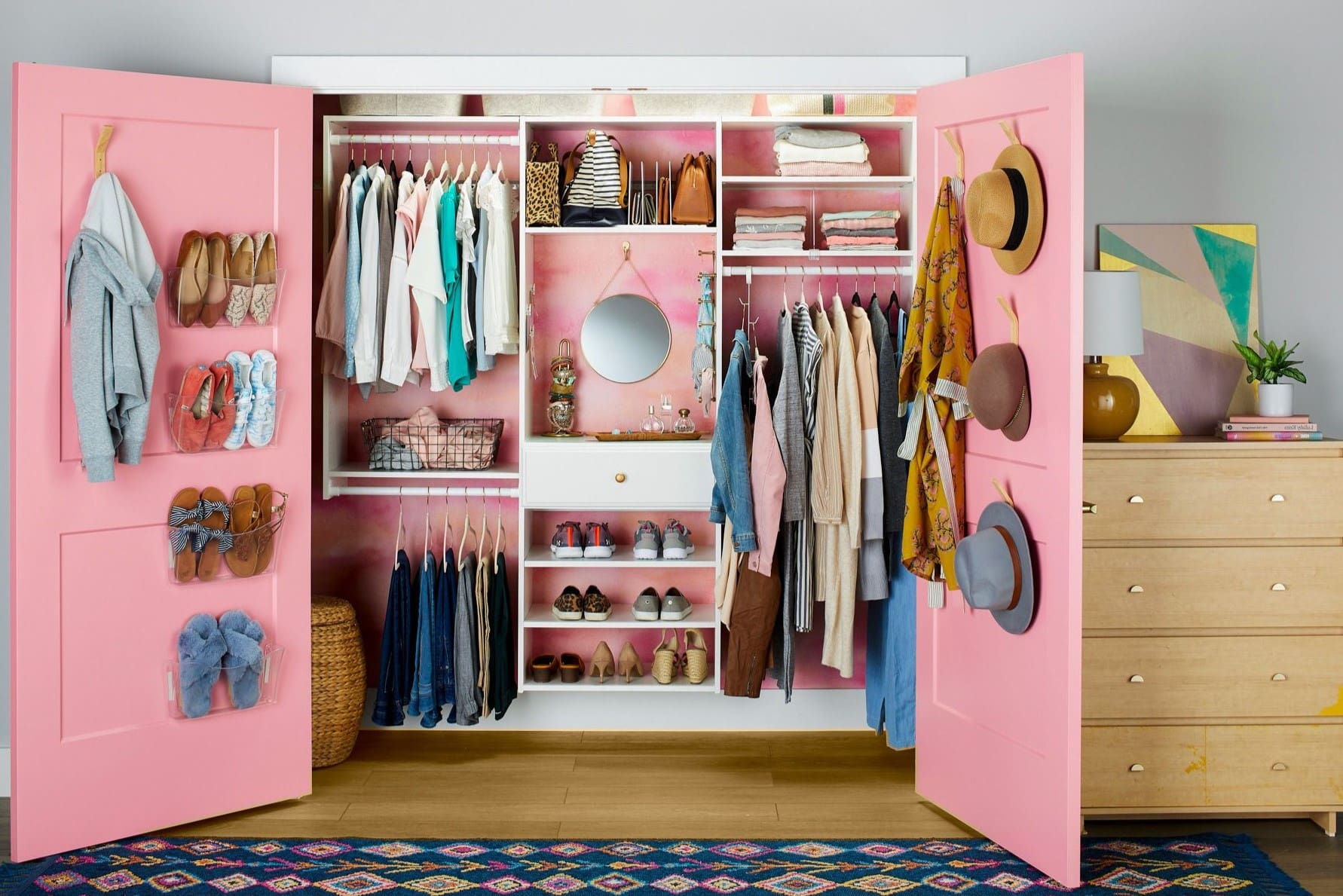
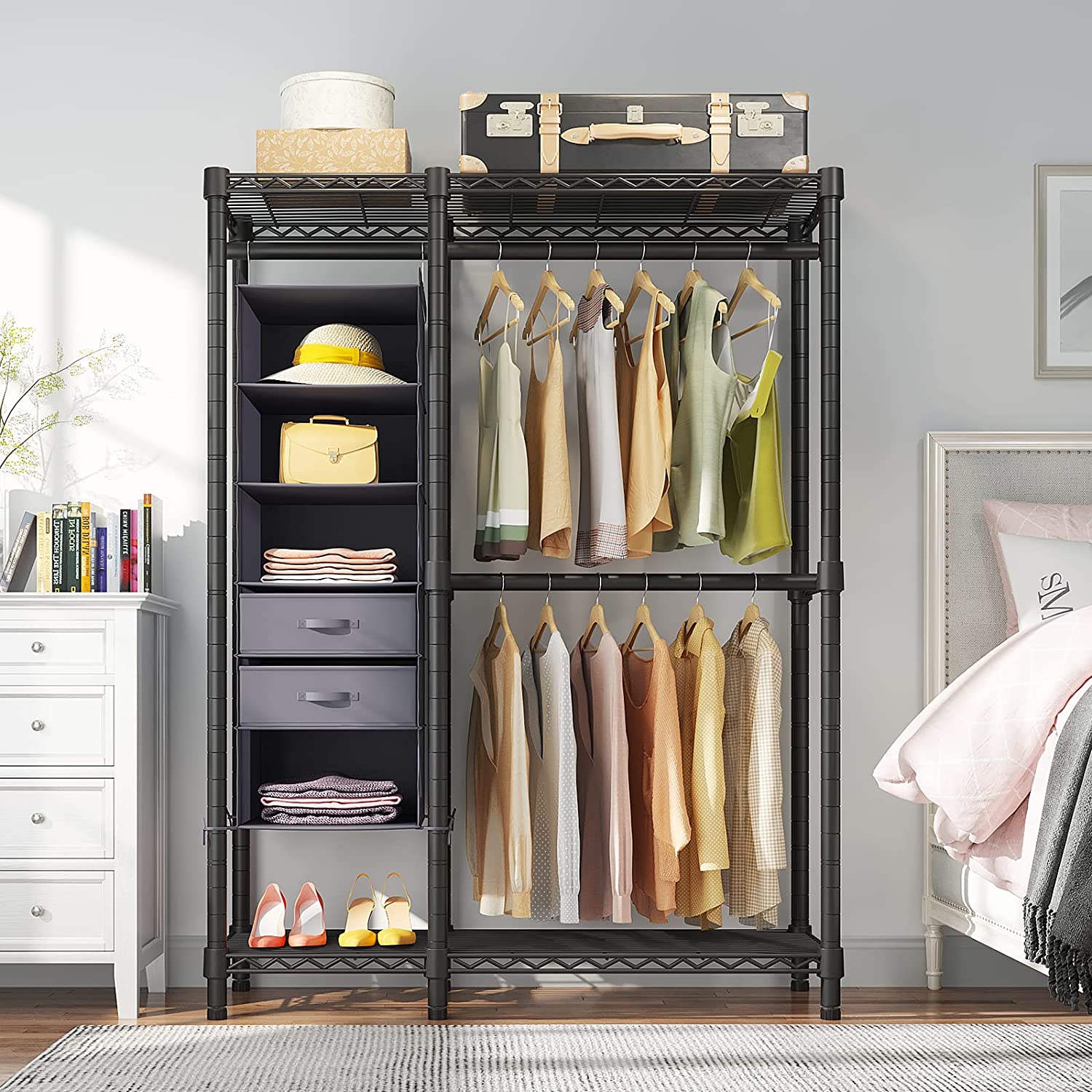
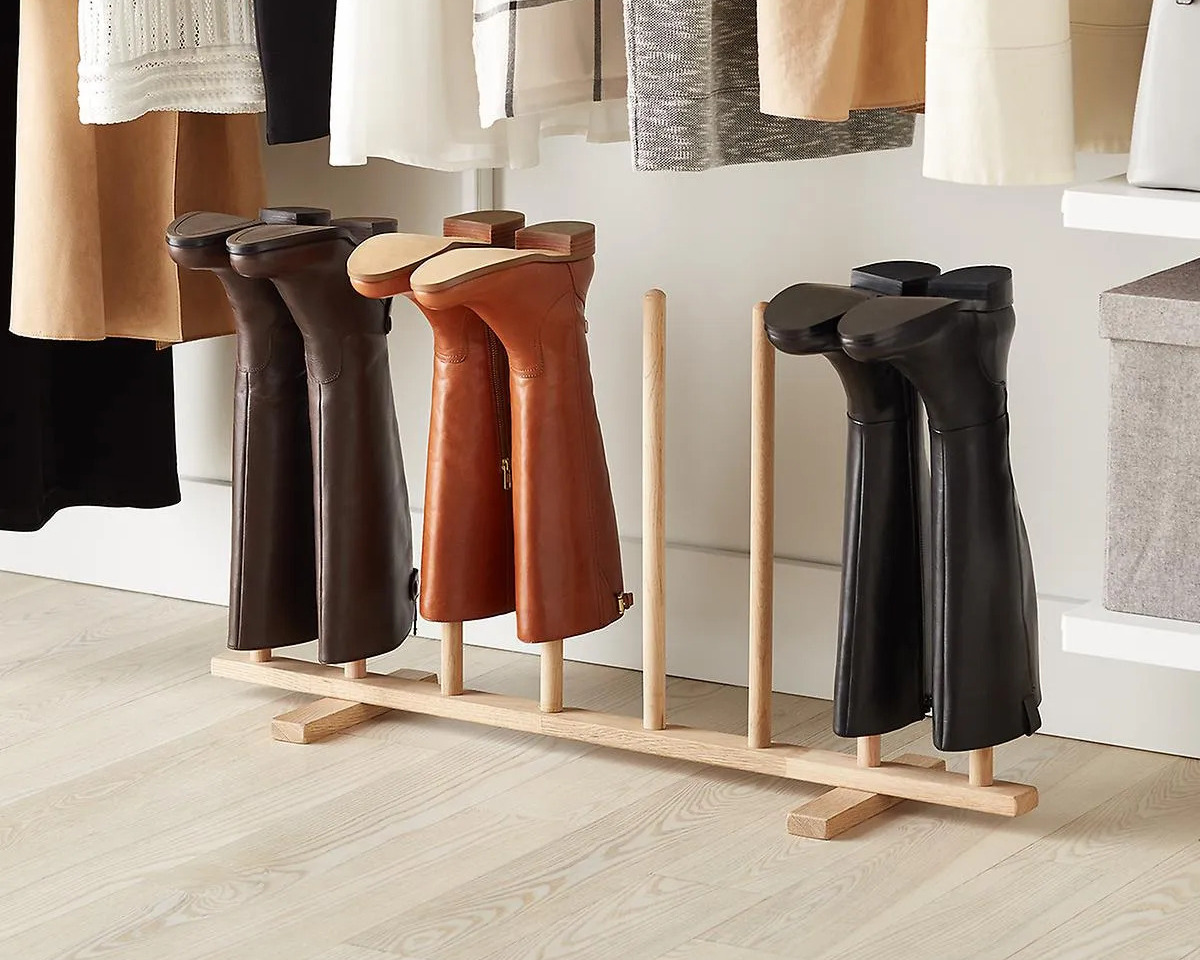
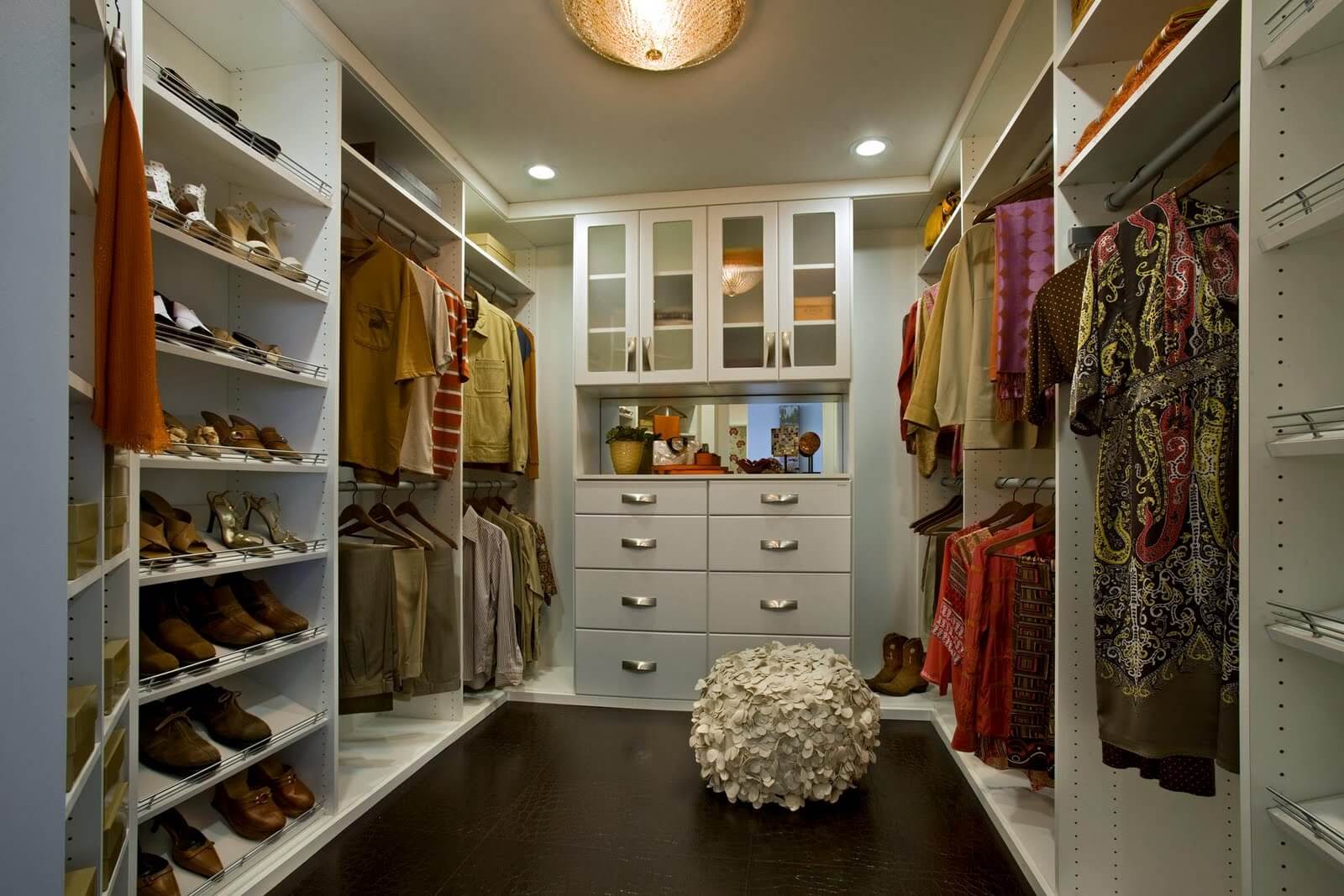

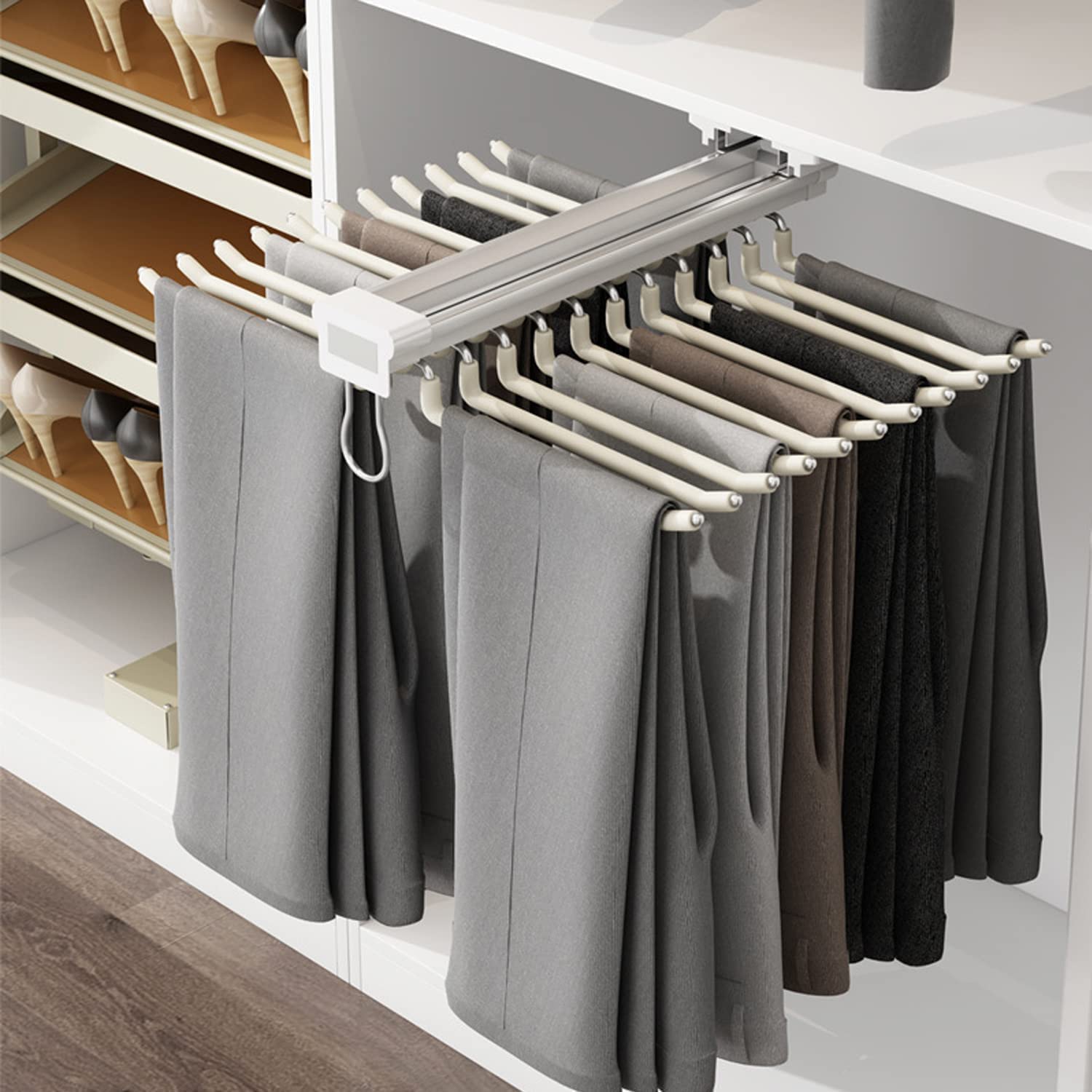
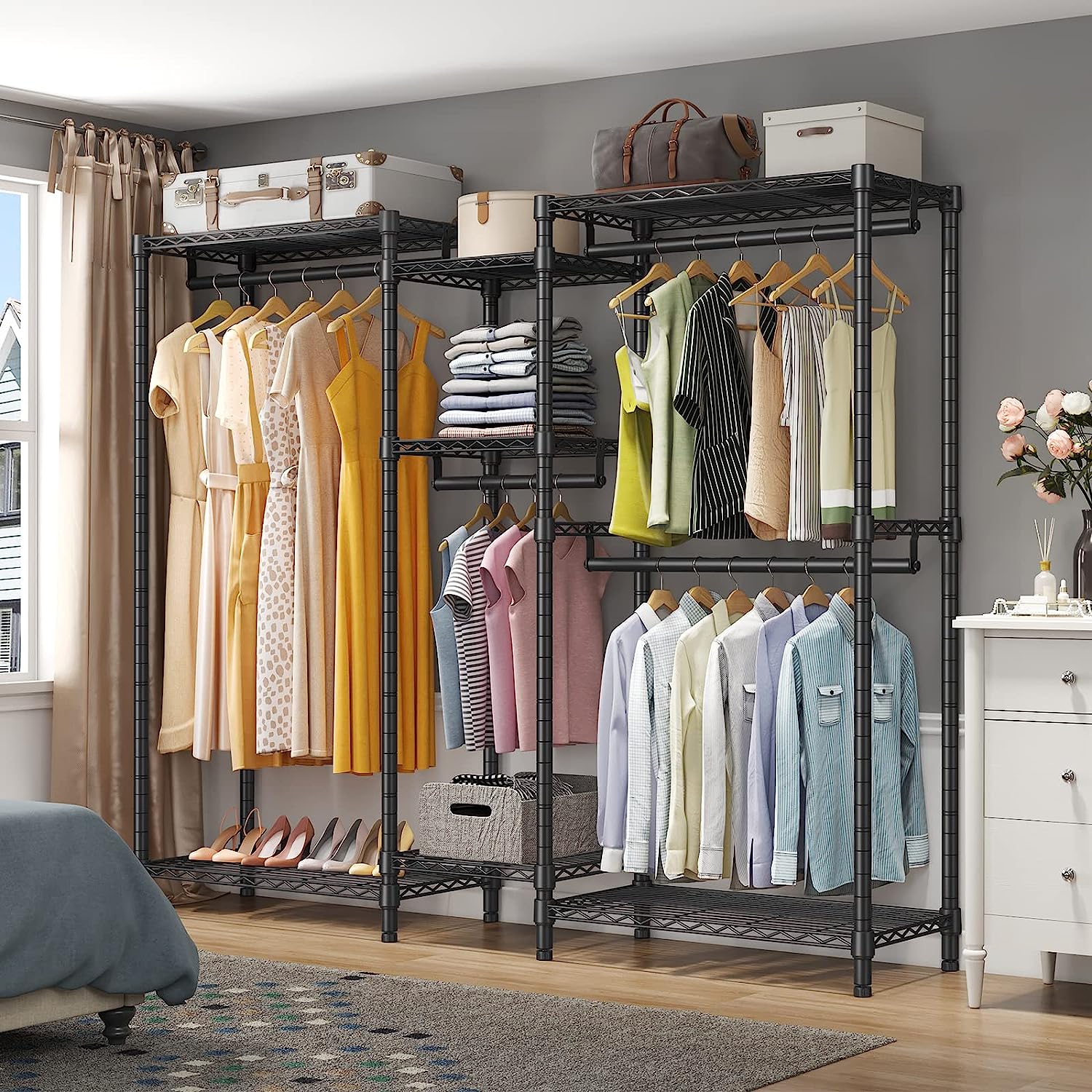
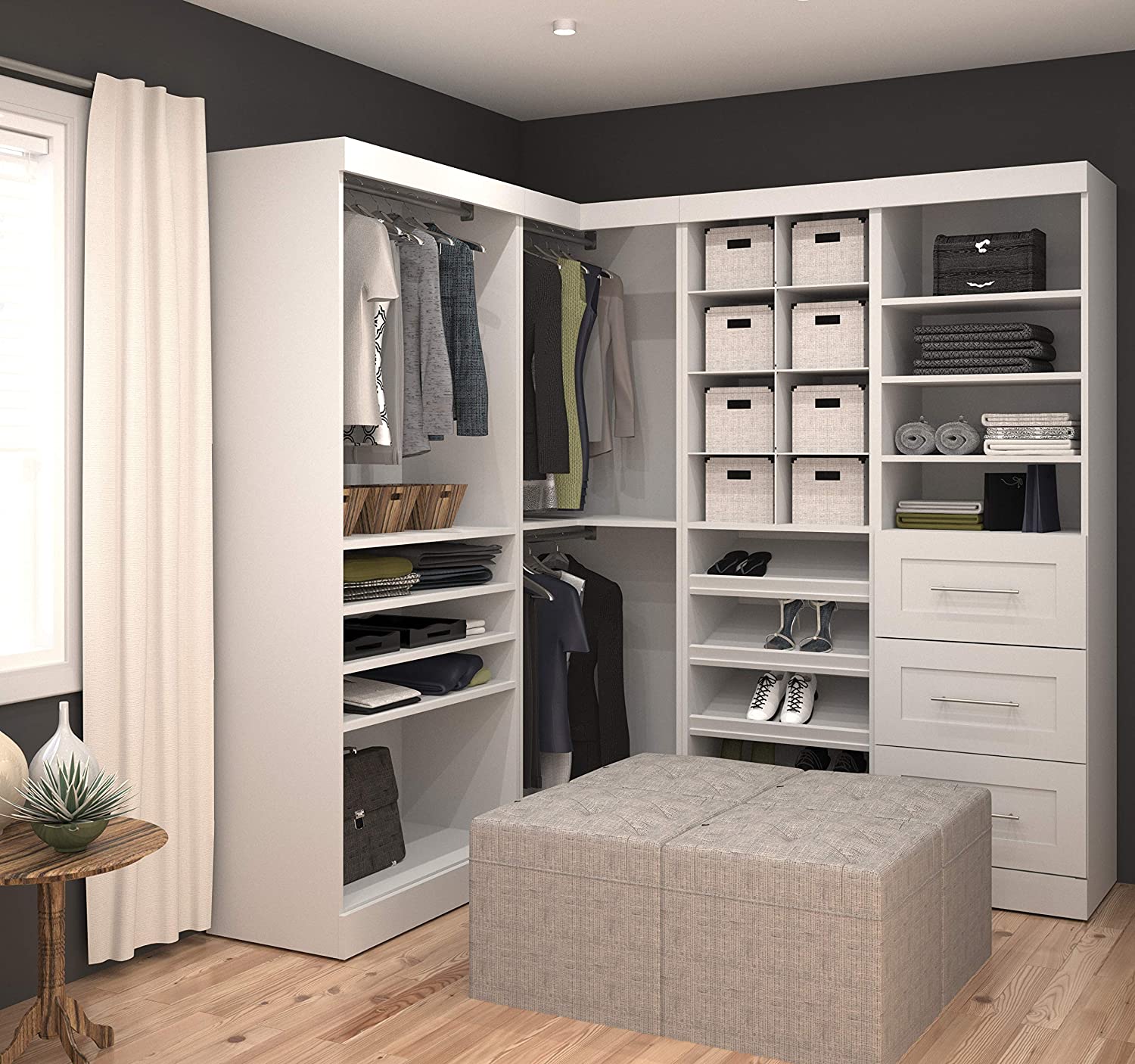
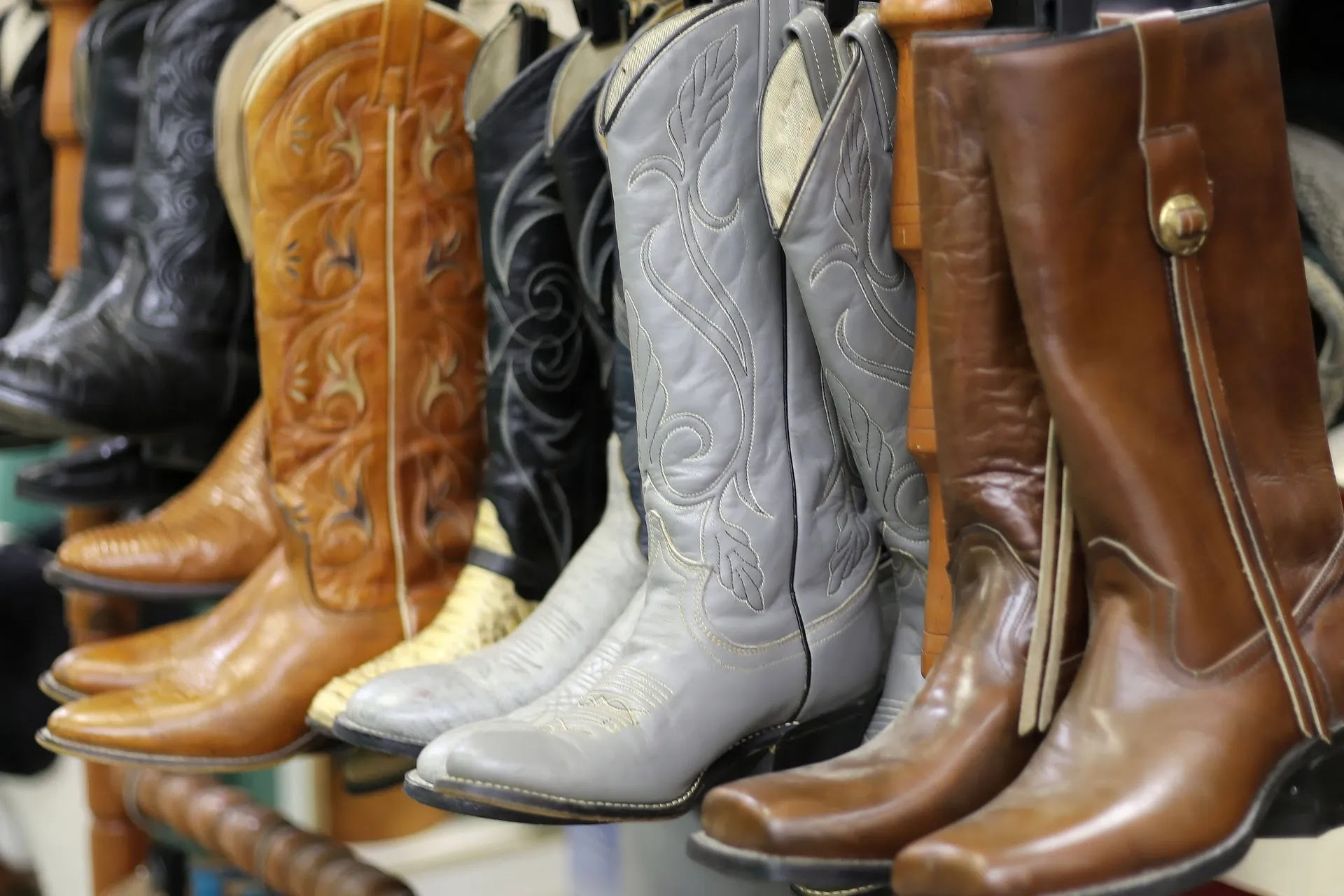
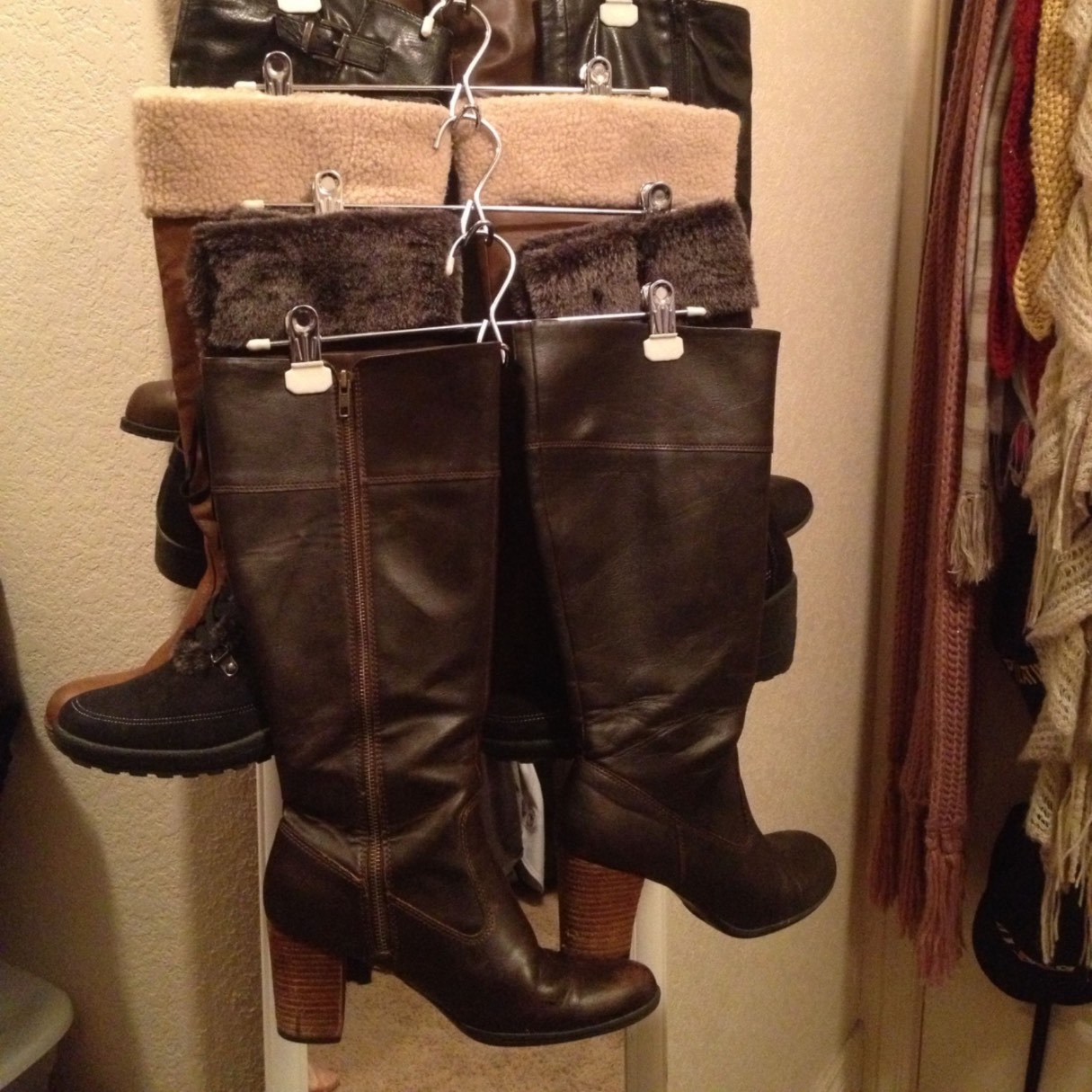

0 thoughts on “How To Store Boots In Small Closet”